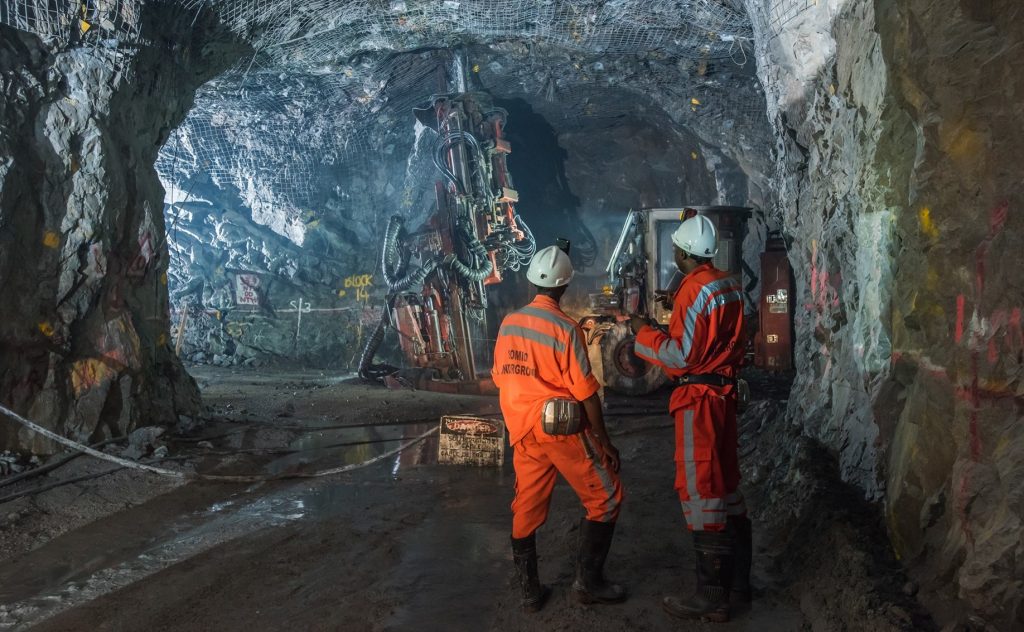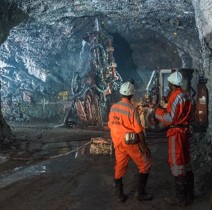As digital transformation is on everybody’s lips, block cave mining presents an interesting new idea. In this new five-part series Firouz Khodayari, PhD, P.Eng. provides a closer look on block cave mining where to start; footprint and Best Height of Draw (BHOD); material flow; mining sequence and production schedule; and, very important, continual updating, monitoring, and improving operations throughout the mine’s life.

Let’s talk Block Caving, because for all the industry talk nowadays of digital transformation, block cave mining presents an interesting new idea. The basic underground operation hasn’t changed in many decades. What has changed are current economics, digital tools and new modeling methods to better plan and manage operations.
Imagine an open pit and heavy machines hauling material up from increasing depths. Now imagine an underground mirror image. In this image, a vertical (or close to vertical) underground column of ore is undermined from below to collapse under its own weight and loaded in vehicles and conveyors that haul the material to the surface.
Block cave mining is becoming increasingly attractive for open pit operations struggling to find orebodies close to the earth’s surface. And for new projects, cave mining requires a much smaller footprint and generates less waste.
Mitigating Uncertainty
Generally best suited for lower grade ore reserves, block caving involves an elaborate pre-construction process that can take several years to develop, with considerable upfront capital expenditure. However, once production begins, the cost of block cave mining is as low as open pit mining, about one-tenth the cost of conventional underground methods. Production rates can reach 30,000 to 100,000 tons per day, a comparable rate for an open pit processing plant. Drilling and blasting costs are far less, and there are no backfilling costs. Block caving sharply reduces surface waste disposal compared with open pit operations because the amount of waste rock generated from block caving is far less.
Still, block cave production often entails uncertainties. In early stages of caving projects, little is known about underground orebody characteristics.
Continue reading the full exclusive article in the GEOVIA User community

The GEOVIA User community: a community by and for GEOVIA users
Discover the community of reference for GEOVIA peer-to-peer support, materials and expert insights!
- Get started and make the most of your GEOVIA software
- Become an expert in your domain of interest
- Share your knowledge and experience
- Get help from experienced users
New member? Create an account, it’s free!
Learn more about this community HERE.
